Black women are just as excluded as they were in the beginning but are now exploited by others for their blackness.
January 26, 2023
Despite society’s progress towards inclusivity in the media, there are still signs of us backtracking due to the commodification of black women. For example, the societal shifts towards tanning, lip-plumping/filling, sticky bangs (the name for when non-black people wear edges) and plastic surgery for body types that black women were bullied for having in the past. In an article by Cady Lang, titled ‘Keeping Up with the Kardashians Is Ending. But Their Exploitation of Black Women’s Aesthetics Continues’, Lang wrote: “It’s a vicious culture that valorizes curves on wealthy, racially ambiguous white women, but stigmatizes these traits on Black women; one that plays into a longtime fascination with the aesthetics of Blackness…”
Now, some could blame the rise in BBL treatments on Kim Kardashian, a well-known Armenian, for her drastic body changes. Yet, Kim has also appropriated black hairstyles like cornrows or Fulani braids, which have roots in West Africa, and attributed them to Bo Derek, another white woman who was appropriating them in the first place. This sort of behaviour has normalised the appropriation of hairstyles with no attention given to their historical importance. As quoted from Joseph Rippo in an article called, ‘Cornrows and how they were used as maps to help slaves escape’ ; “Enslaved peoples in Columbia were the most known to have used cornrows to escape. They were able to do this by braiding their hair in a way to resemble roads or a path that one would have to take…” Social media content creator, and close friend, Mae Zae said in an interview regarding cultural-appropriation: “If we — as People Of Colour — can look around and see, oh this culture does this, this culture does that [and not take it as our own], why can’t white people with clear privilege do the same?”
Now you may be wondering what appropriation may have to do with black women continuously being kept out of the media — after all, we’ve all seen white women rocking their red-scalped head of braids and not impacting society in a grand way. This is to do with the broader, less talked about issue that is racial ambiguity. It was a term first mentioned in 2012 in a dissertation by Starita Smith, labelled: “What are you?”: Racial ambiguity and the social construction of race in the U.S.” Despite the years between, it has been talked about much more in 2020 and years following.
The term “racially ambiguous” refers to anyone whose racial background is not easily identifiable based on their outer appearance. Clothing models when you’re doing online shopping and Instagram models are a good example of this, especially as if you search for long enough, you’ll find that they all look similar. Not race-wise, no, but in their shared features, from their ‘Asian Eyes’ to their full lips, bronze skin and sharp noses; features picked and chosen from various ethnic groups and placed on skin that’s not too dark that its ‘unattractive’. It could be argued that we are heading towards an ethnically ambiguous climate in the media, but where does it leave black women? Slender black women? Plus-size black women? Dark-skinned black women? Physically disabled Black women? Black women with tighter curl patterns? With short ‘fros?
On this topic, Mae Zae said: “I think diversity needs to be authentic and true. You can’t be white but then have your eyes made to look that of, like, an asian woman or your lips to be made to look that of a black woman. You can’t just pick and choose what you want from a different culture when you don’t belong to any of them. Because you’re taking away opportunities from people who [naturally] have those features and would like to work in those spaces.” And I agree. Black women are just as excluded as they were in the beginning but are now exploited by others for their blackness.
Another reason it’s a problem is because white women can commodify off them since everyone else in society is doing it. Like when Hailey Bieber tried to coin a lipliner and gloss combo as ‘Brownie Glazed Lips’, when black women and women of colour have been rocking the look since the 90s. As eloquently phrased by Wanna Thompson in the online post titled ‘How White Women On Instagram Are Profiting Off Black Women’: “White women want access to Blackness but don’t want the suffering that comes along with it.”
Overall, we still have some way to go as a society and recognising our own privileges and how we can use them to help and uplift others is the right step forward. Though, despite all the negative sides, there is still plenty of positive to be happy about. As Mae Zae, an aspiring model who has taken photos for her portfolio recently, said : “I do think my skin tone will help me because of certain spaces where people will want me, for like, Afrocentric looks or cultural representation and stuff like that. But it’s also good for brands that want to make sure they are being open and honest, that they want a diverse set of people to represent their brand, so I think there’s space for me there.” Despite the society around us, you should never be afraid to reach your dreams, even if you may be the first person who looks like you to do them. Even if it may seem hard, you’ll be opening up doors and encouraging those with less confidence or belief to stretch as far as you have— perhaps even further.
Because steps forward that we take as a society, no matter how small, are still steps.


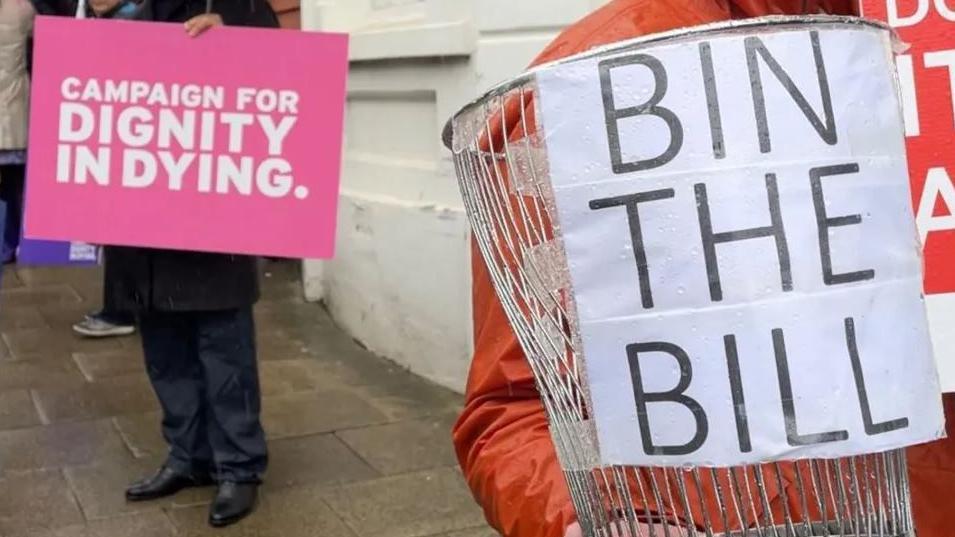

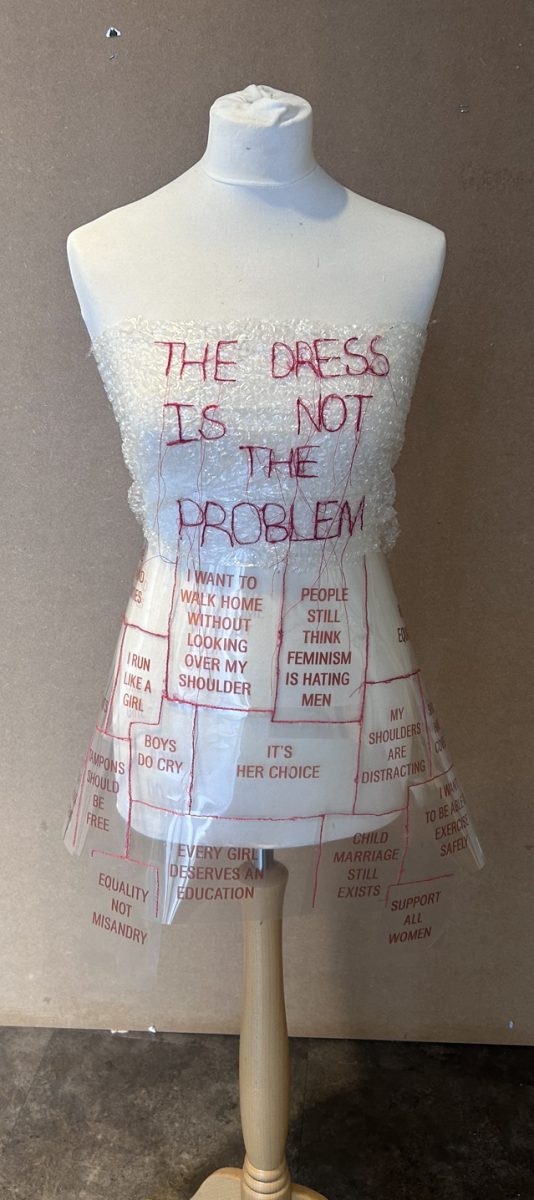
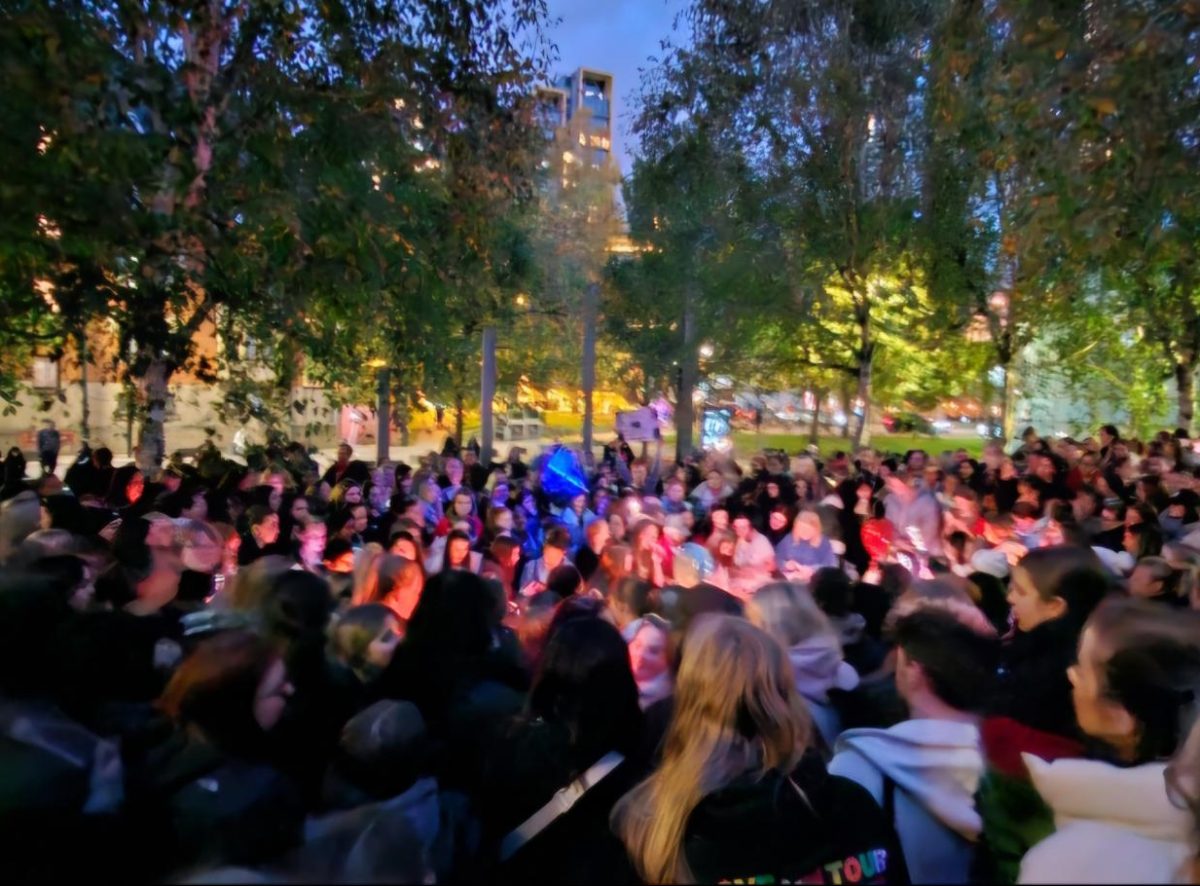

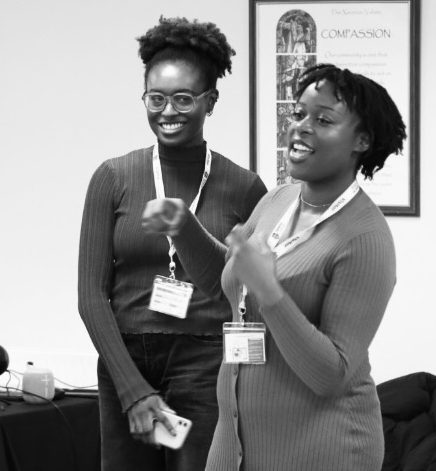






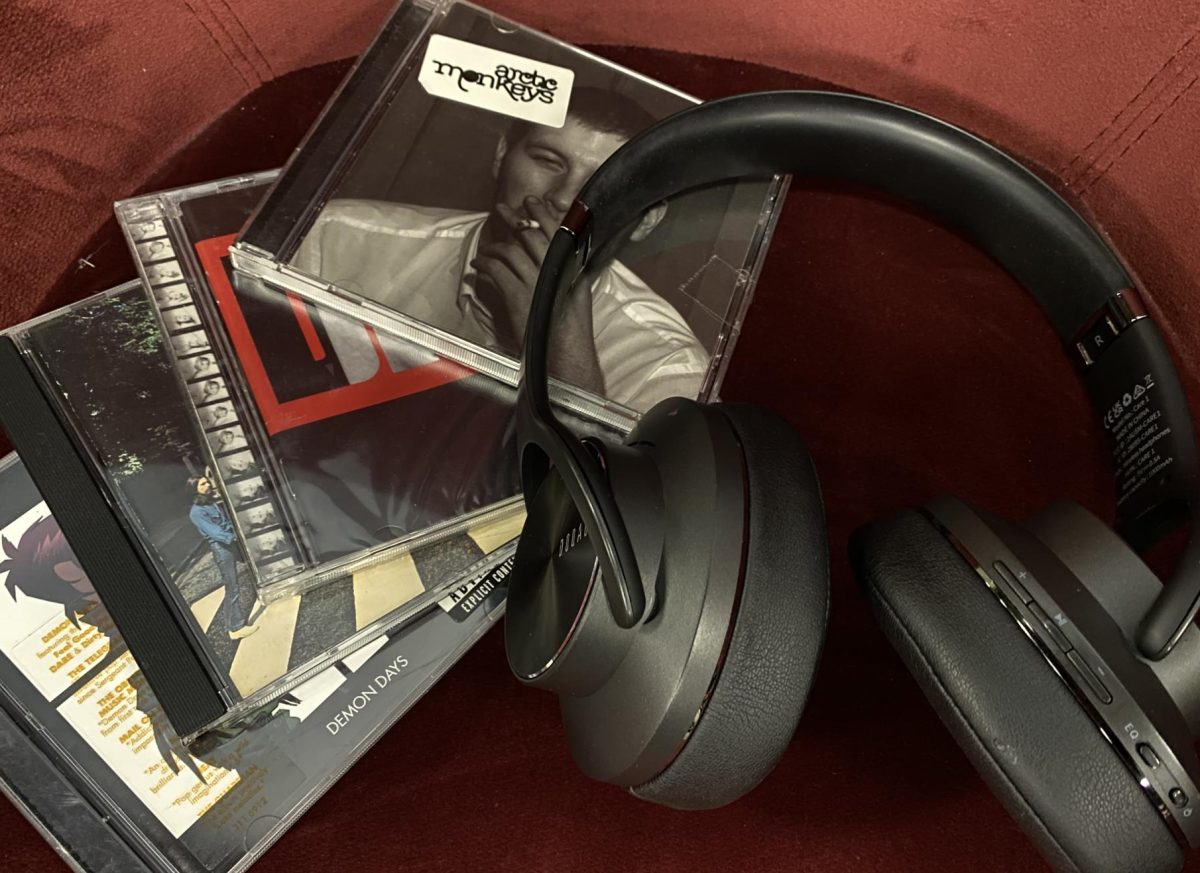

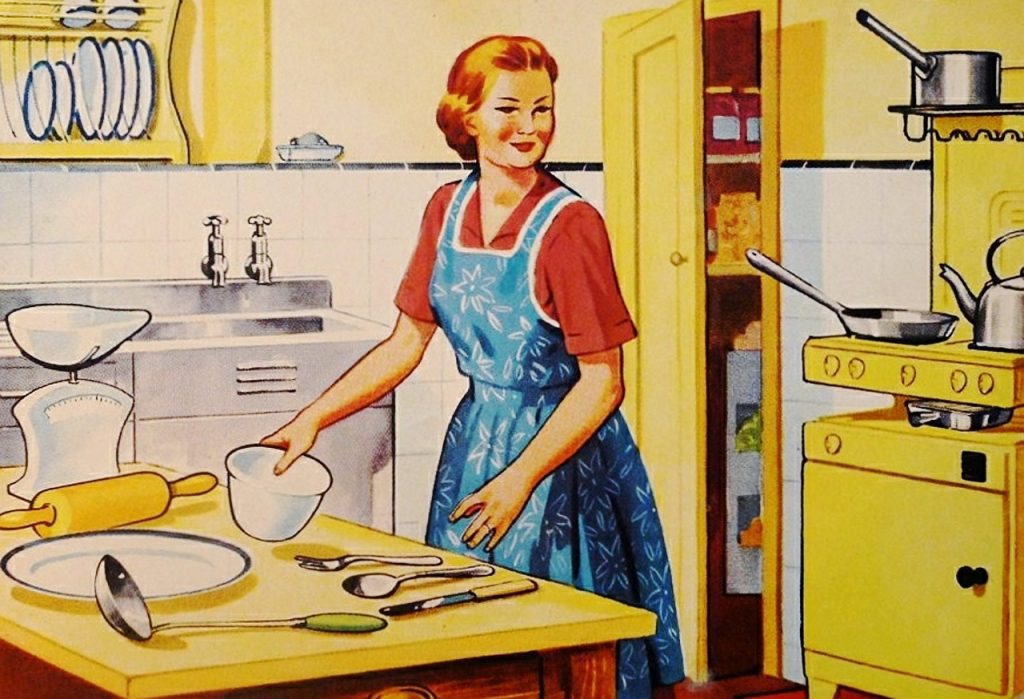

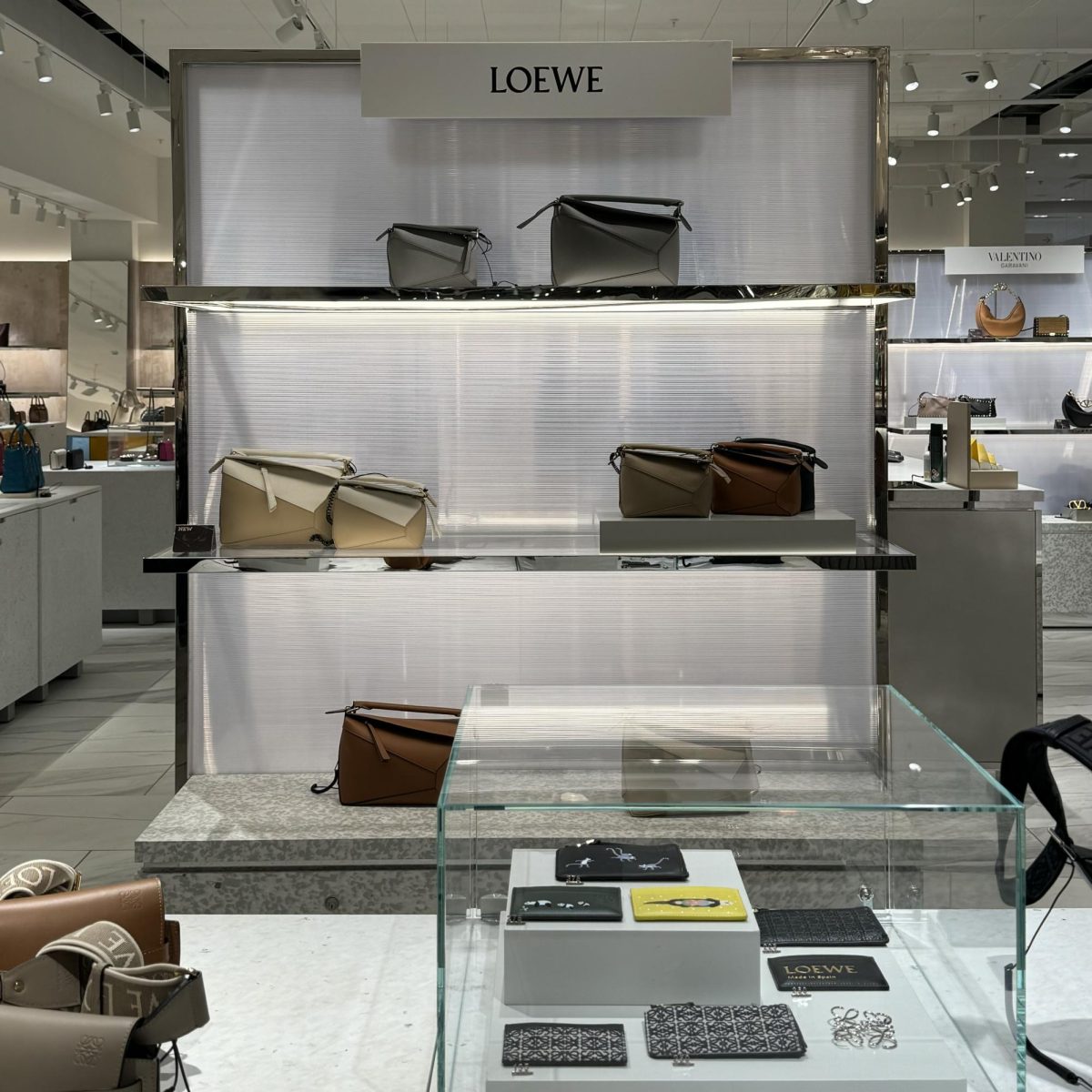
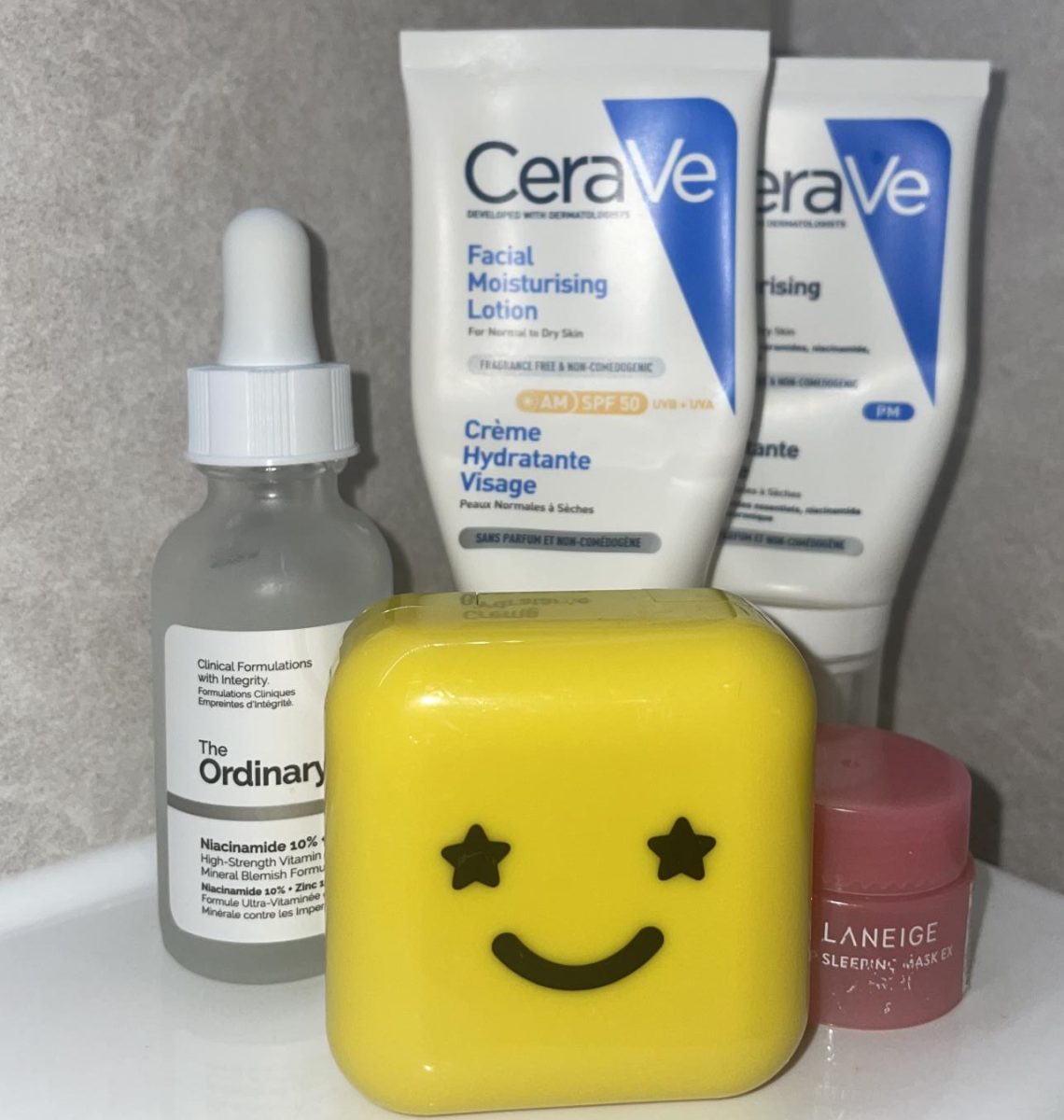
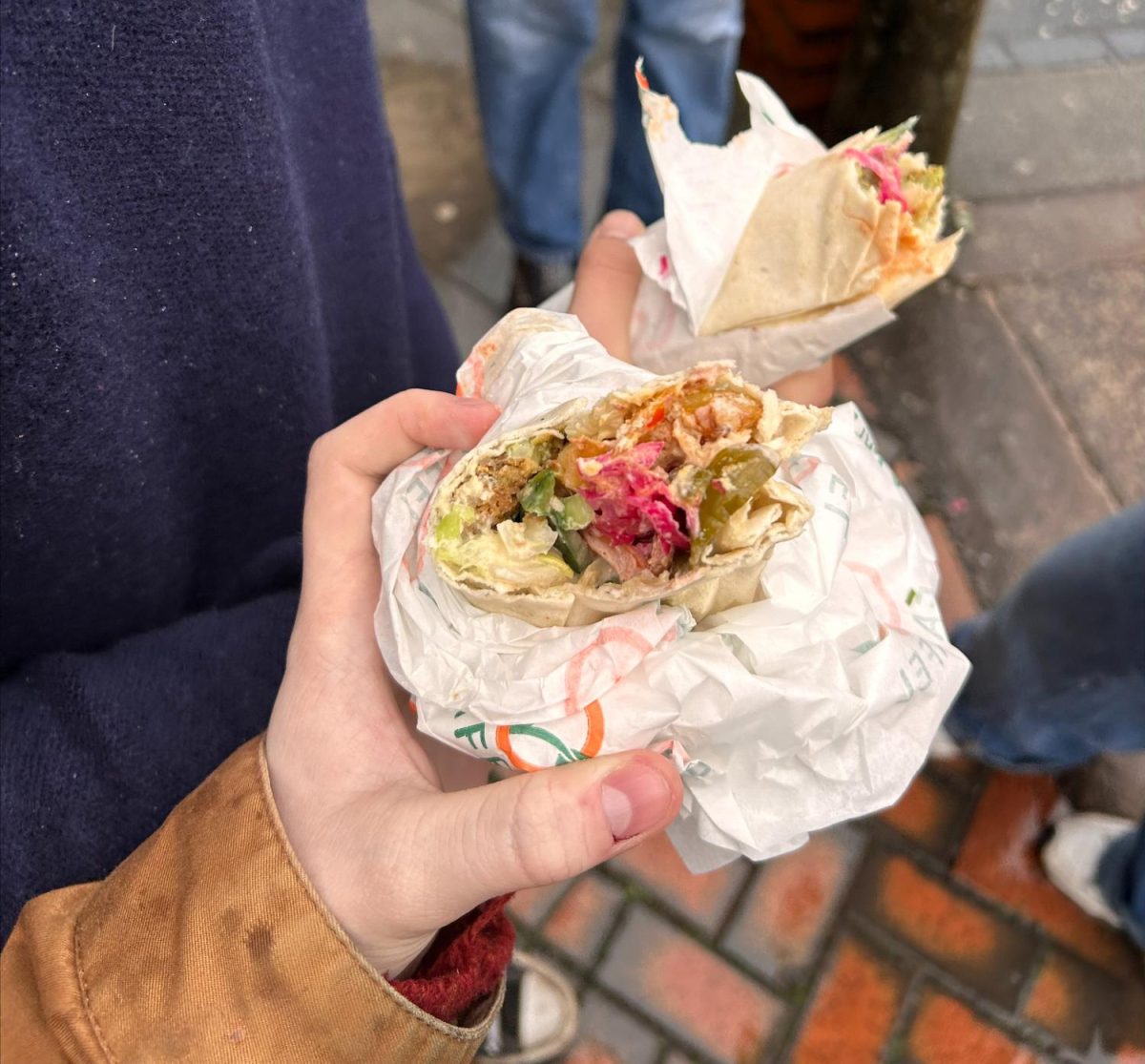







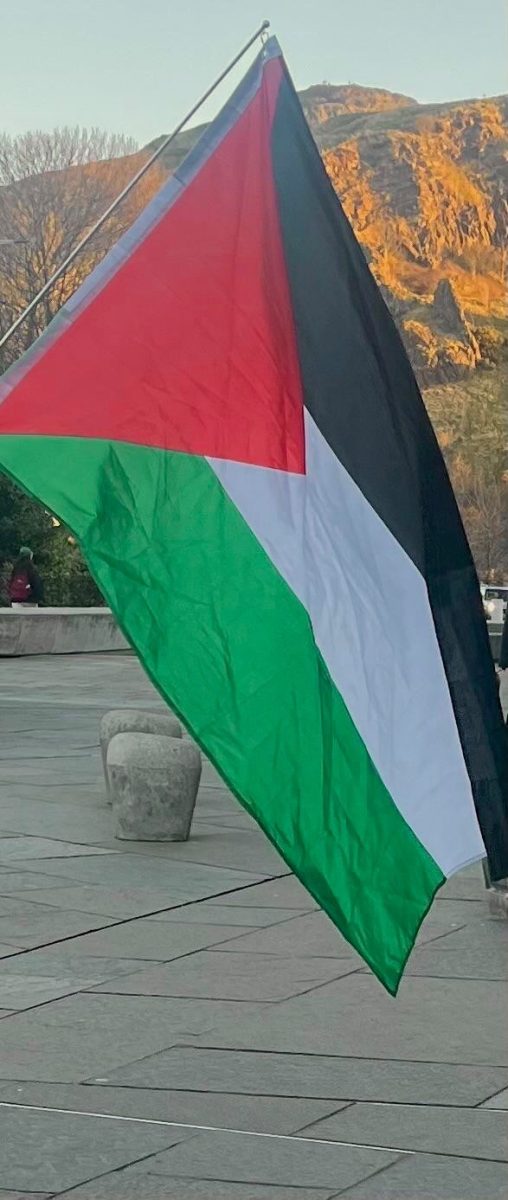


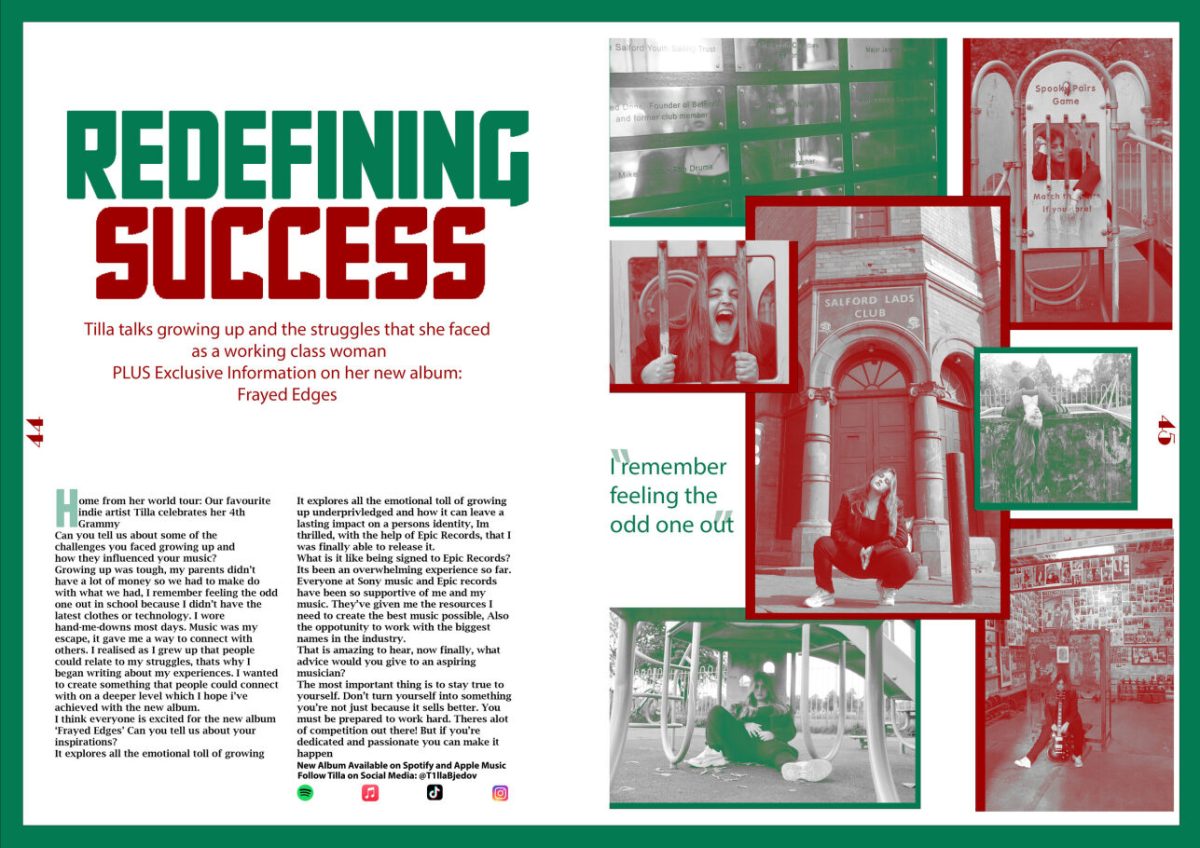

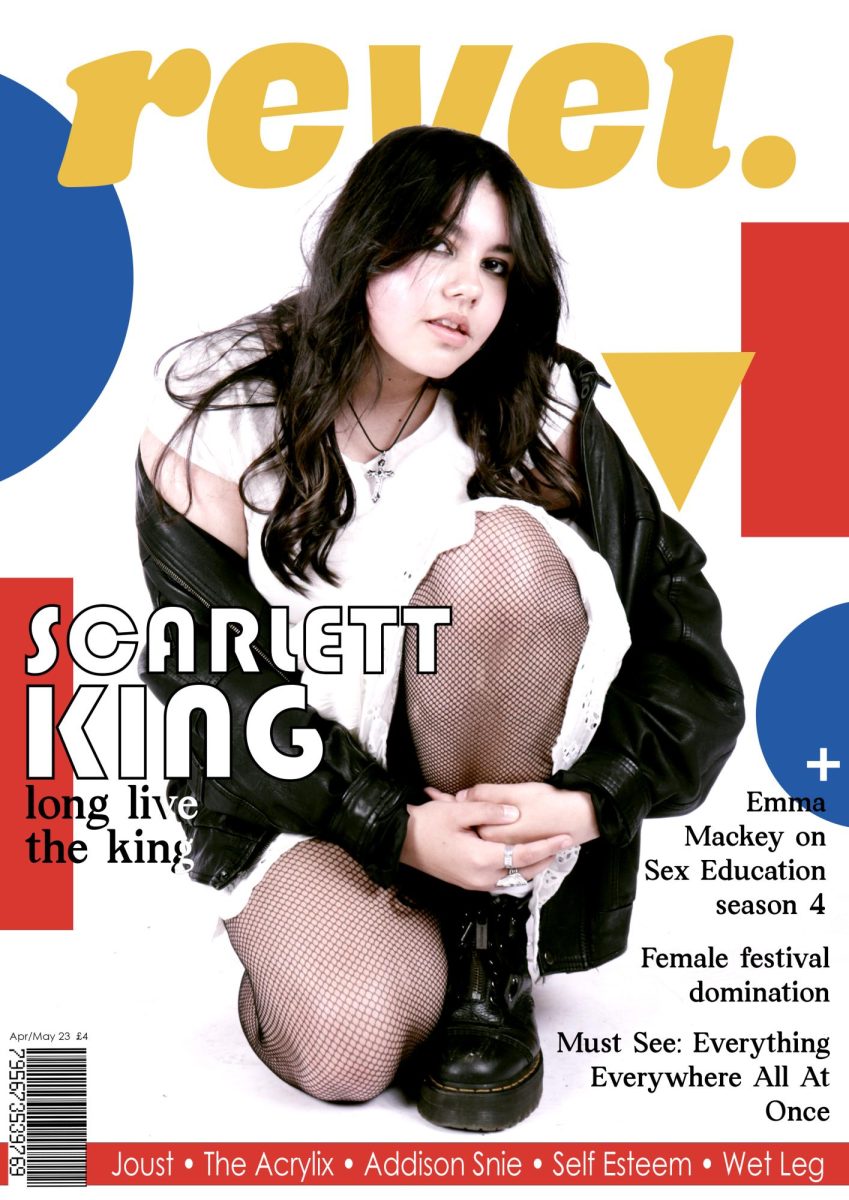
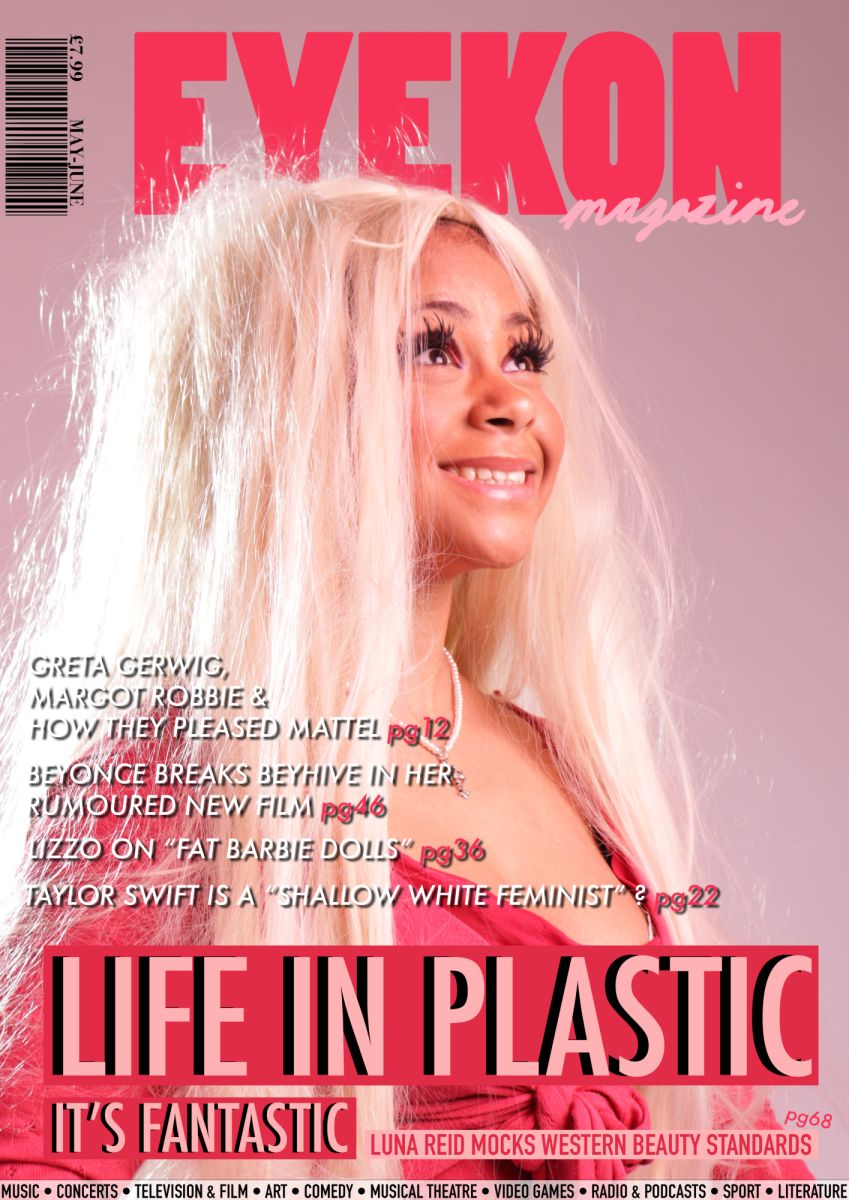
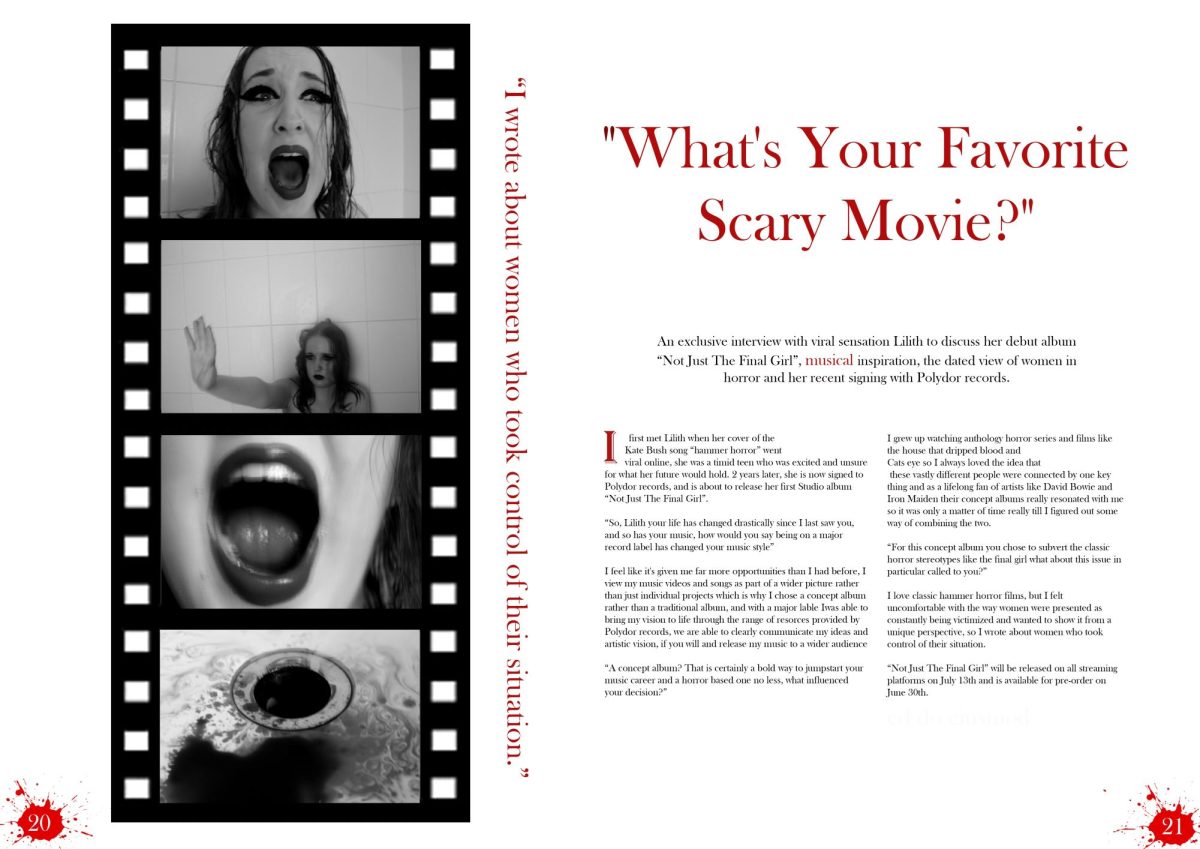


Jon • Jun 14, 2023 at 3:45 am
Very well researched and written, Faith. Loved the article!
stella • Feb 9, 2023 at 5:58 am
Really interesting article! I think its great that you’ve brought people’s attention to this.
Helen • Feb 9, 2023 at 5:58 am
This article was very informative and the level of detail in the history and explanations was really helpful it was greatt